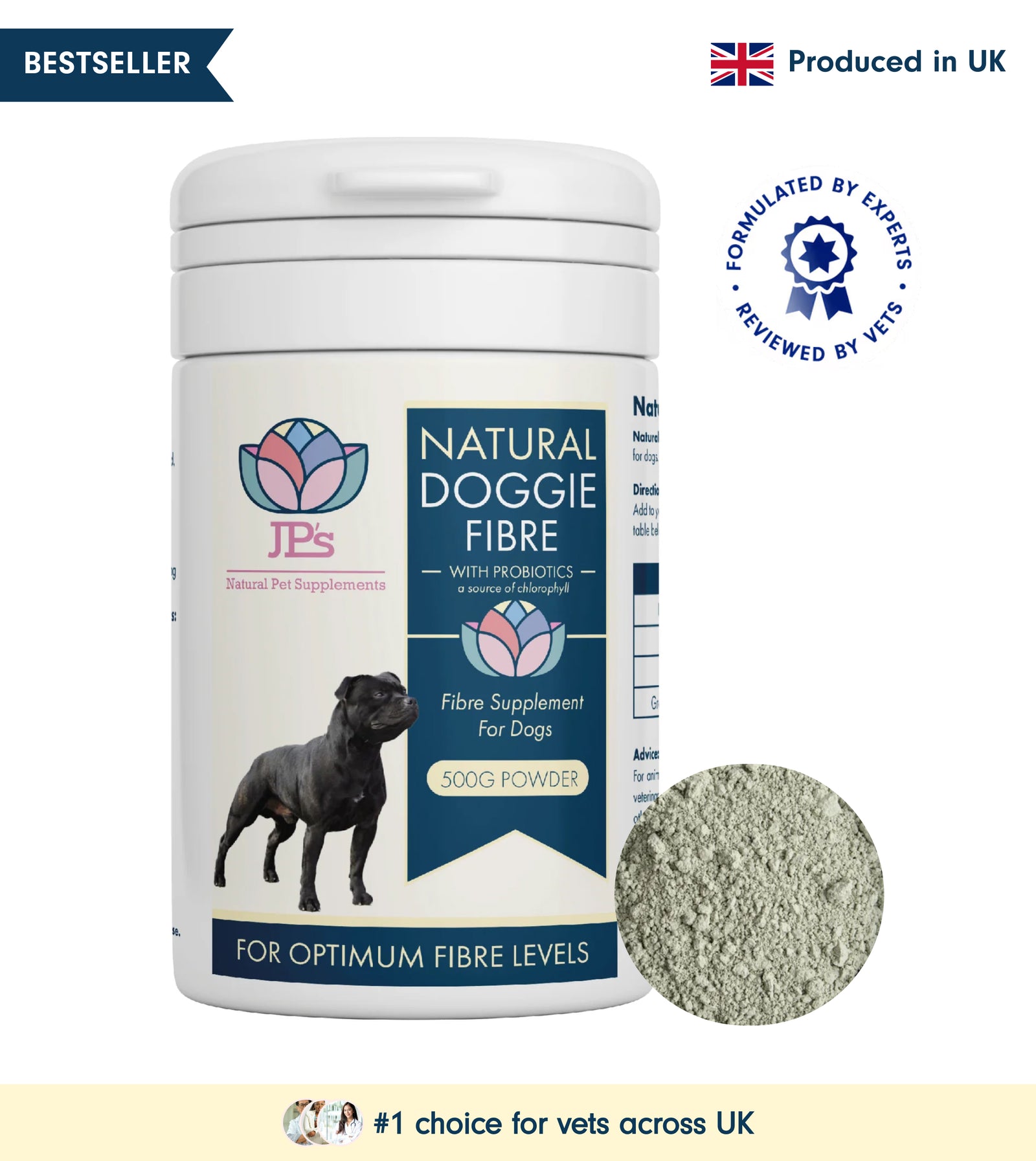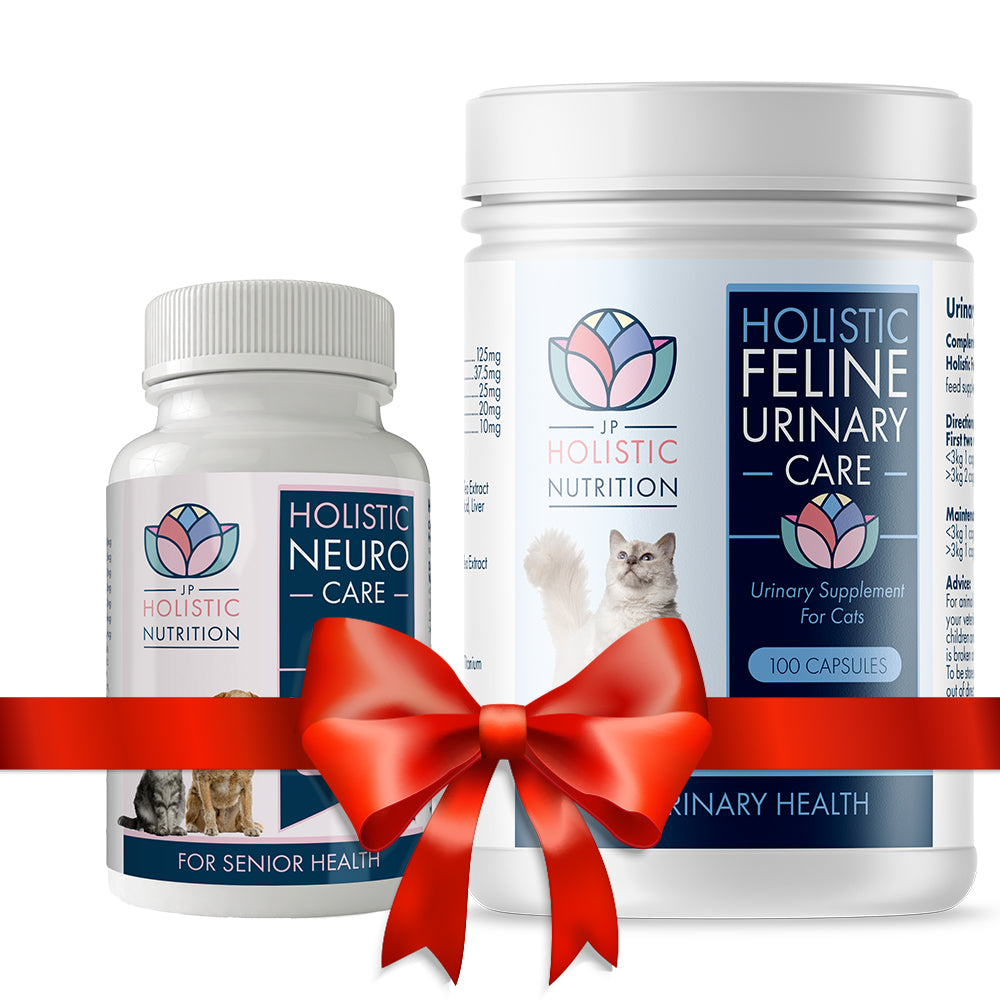Key Takeaways For Cat Hairball Management
- Regular grooming can significantly reduce the occurrence of hairballs in cats.
- Specialized hairball control pastes help move ingested hair through the digestive system.
- Natural remedies like pumpkin puree and coconut oil can aid in hairball prevention.
- Over-the-counter products such as hairball gels and soft chews are effective treatments.
- Increasing your cat's water intake and managing stress can also minimise hairball formation.
Best Cat Hairball Treatment Remedies & Prevention Tips
Understanding the Hairball Problem
Hairballs are a common issue for many cat owners. These compacted pellets of loose hair and other foreign objects accumulate in your cat's stomach. Because hairballs cannot be digested fully, cats often end up vomiting them out. Understanding why cats get hairballs is the first step to effectively managing and preventing them. See JP's Natural Feline Hairball Remedy
Why Do Cats Get Hairballs?
Cats are meticulous groomers. They spend a significant amount of time licking their fur to keep it clean. During this process, they ingest loose hairs, which can accumulate in their stomach. Normally, these hairs pass through the digestive system and are excreted in the stool. However, sometimes, the hair can clump together and form a hairball.
- Overgrooming: Cats that groom excessively ingest more hair, leading to more frequent hairballs.
- Long-haired breeds: Cats with long fur, such as Persians and Maine Coons, are more prone to hairballs.
- Seasonal shedding: During shedding seasons, cats tend to ingest more hair.
Most importantly, understanding these causes can help you take proactive steps to reduce hairball formation in your feline friend.
Signs Your Cat Has Hairballs
"If your cat shows any of the following signs, it may be time to schedule a visit with their vet: frequent hairballs (2 or more per year), low appetite, lethargy, diarrhoea, or bald spots." — Source: Merck Veterinary Manual
Besides vomiting hairballs, cats may exhibit other symptoms indicating the presence of hairballs.
- Frequent coughing or retching
- Reduced appetite
- Lethargy
- Constipation or diarrhoea
If you notice any of these symptoms, it's crucial to consult your Vet to rule out any serious health issues.
Effective Hairball Treatment Remedies
Regular Grooming Tips
One of the simplest and most effective ways to prevent hairballs is through regular grooming. By brushing your cat's fur, you can remove loose hairs before your cat ingests them.
Daily Brushing Routine
To make grooming a part of your cat's daily routine, follow these steps:
- Choose the right brush: A slicker brush or a comb designed for cats works best.
- Brush in the direction of the fur: This helps remove loose hairs without causing discomfort.
- Start slowly: If your cat is not used to being brushed, start with short sessions and gradually increase the time.
- Reward your cat: Use treats or positive reinforcement to make grooming a pleasant experience.
Regular brushing not only helps prevent hairballs but also strengthens the bond between you and your cat.
Professional Grooming Services
For long-haired cats or those prone to excessive shedding, professional grooming services can be beneficial. Professional groomers have the tools and expertise to manage your cat's fur effectively. Regular visits to a groomer can significantly reduce the amount of loose hair your cat ingests.
Specialised Hairball Diet
Diet plays a crucial role in managing and preventing hairballs. Specialised hairball control foods are formulated to help move ingested hair through the digestive system more efficiently.
Hairball Control Foods
Hairball control foods often contain higher levels of fibre and other ingredients that aid in digestion. These foods help the hair pass through the digestive tract and out of the body, reducing the chances of hairball formation.
High-Fibre Options
Fibre is essential for cats to maintain a healthy digestive system. High-fibre diets can help reduce the frequency of hairballs by aiding in the smooth passage of hair through the digestive tract.
Consider incorporating the following high-fibre foods into your cat's diet:
- Commercial hairball control cat food
- Fibre supplements recommended by your vet
- Natural fibre sources like pumpkin puree
Besides that, always consult your Vet before making any significant changes to your cat's diet.
Natural Remedies
Natural remedies can be an effective and gentle way to manage hairballs in cats. Two popular options are pumpkin puree and coconut oil.

Pumpkin Puree
Pumpkin puree is a fantastic natural remedy for hairballs. It's rich in fibre, which helps move hair through the digestive system. The high water content in pumpkin also aids in hydration, which is crucial for digestive health.
To use pumpkin puree as a hairball remedy, simply add a small amount to your cat's regular food. Start with about a teaspoon and observe how your cat reacts. If they tolerate it well, you can gradually increase the amount to a tablespoon.
Make sure to use plain, unsweetened pumpkin puree, not pumpkin pie filling, which contains spices and sugars that can be harmful to cats.
Coconut Oil Benefits
Coconut oil is another natural remedy that can help prevent hairballs. It acts as a mild laxative, making it easier for hair to pass through the digestive system. Additionally, the healthy fats in coconut oil can improve your cat's skin and coat health, reducing shedding.
To incorporate coconut oil into your cat's diet, start with a small amount, about a quarter teaspoon, and mix it into their food. Gradually increase the amount to about half a teaspoon. Always monitor your cat for any adverse reactions.
Over-the-Counter Products
Besides natural remedies, several over-the-counter products can help manage hairballs. These products are designed to lubricate the digestive tract, making it easier for hair to pass through.
Hairball Gels and Pastes
Hairball gels and pastes are popular choices for many cat owners. These products usually contain mild laxatives and lubricants like petroleum jelly or mineral oil. They help move the ingested hair through the digestive system, reducing the formation of hairballs.
To use a hairball gel or paste, follow the instructions on the packaging. Typically, you'll need to give your cat a small amount of the product once or twice a week. Some cats may not like the taste, so you can try mixing it with their food.
Soft Chews for Easy Passage
Soft chews are another effective option for hairball management. These treats are formulated with ingredients that help reduce hairball formation and support digestive health.
"There are several products designed for reducing hairballs, such as soft chews, gels, and pastes." — Source: ASPCA Pet Insurance
Soft chews are usually more palatable for cats, making them easier to administer. Follow the dosage instructions on the packaging and give them to your cat regularly for the best results.
Prevention Tips to Minimize Hairballs
Preventing hairballs is always better than treating them. By making a few changes to your cat's routine and environment, you can significantly reduce the occurrence of hairballs.
Increase Water Consumption
Hydration plays a crucial role in preventing hairballs. When your cat is well-hydrated, their digestive system functions more efficiently, helping to move ingested hair through the tract.
Using Pet Fountains
Cats are often attracted to running water, making pet fountains an excellent way to encourage them to drink more. These fountains keep water fresh and appealing, increasing your cat's water intake.
Place the fountain in an area where your cat spends a lot of time, and keep it clean to ensure the water remains enticing.
Adding Water to Dry Food
If your cat primarily eats dry food, consider adding a small amount of water to their kibble. This not only helps with hydration but also makes the food easier to digest.
Start by adding a tablespoon of water to the food and adjust it based on your cat's preference. Some cats may prefer a slightly moistened texture, while others may like it more soupy.
Managing Stress and Anxiety
Stress and anxiety can lead to overgrooming, which increases the risk of hairballs. Providing a calm and stimulating environment for your cat can help reduce stress-related grooming.
Regular Veterinary Checkups
Regular checkups with your veterinarian are essential for maintaining your cat's overall health and well-being. During these visits, your vet can monitor your cat for any underlying health issues that may contribute to hairball formation. They can also provide personalized advice on managing and preventing hairballs based on your cat's specific needs.
If your cat is prone to frequent hairballs, your vet may recommend additional diagnostic tests to rule out any gastrointestinal issues or other medical conditions. Early detection and intervention can prevent minor problems from becoming major health concerns.
Signs to Watch For
It's important to be vigilant and watch for any signs that your cat may be struggling with hairballs. Besides the obvious vomiting of hairballs, look out for the following symptoms: learn more about cat hairballs.
- Frequent coughing or gagging
- Decreased appetite or weight loss
- Lethargy or decreased activity levels
- Changes in bowel movements, such as constipation or diarrhoea
- Excessive grooming or bald spots
If you notice any of these signs, it's crucial to consult your veterinarian for a thorough examination and appropriate treatment.
When to Consult a Vet
While occasional hairballs are normal, frequent or severe hairball issues warrant a visit to the vet. If your cat is vomiting hairballs more than twice a year, or if they exhibit any of the signs mentioned earlier, it's time to seek professional help.
Your vet can recommend various treatment options, including dietary changes, medications, or specialized hairball remedies. In some cases, they may suggest further diagnostic tests to identify any underlying health issues contributing to the problem.
Frequently Asked Questions (FAQ)
How often should I brush my cat to prevent hairballs?
Brushing your cat daily is the most effective way to prevent hairballs. Regular grooming helps remove loose hairs before your cat ingests them, reducing the risk of hairball formation. For long-haired breeds, you may need to brush them more frequently or seek professional grooming services.
Are all hairball control foods safe for my cat?
Most hairball control foods are formulated to be safe and effective for cats. However, it's essential to choose a high-quality product and consult your veterinarian before making any dietary changes. Your vet can recommend the best hairball control food based on your cat's specific needs and health conditions.
Can hairballs cause serious health issues in cats?
While occasional hairballs are normal, frequent or severe hairball issues can lead to more serious health problems. Hairballs can cause gastrointestinal blockages, which may require surgical intervention. If your cat is experiencing frequent hairballs or showing signs of distress, it's crucial to consult your veterinarian for proper diagnosis and treatment.
Conclusion
Managing and preventing hairballs in cats is essential for their overall health and well-being. By understanding the causes of hairballs and implementing effective treatment and prevention strategies, you can help your feline friend lead a happier, healthier life. Regular grooming, a specialised diet, natural remedies, and over-the-counter products can all play a role in reducing hairball formation. Additionally, ensuring your cat stays hydrated and stress-free will further minimise the risk of hairballs.



















Leave a comment (all fields required)